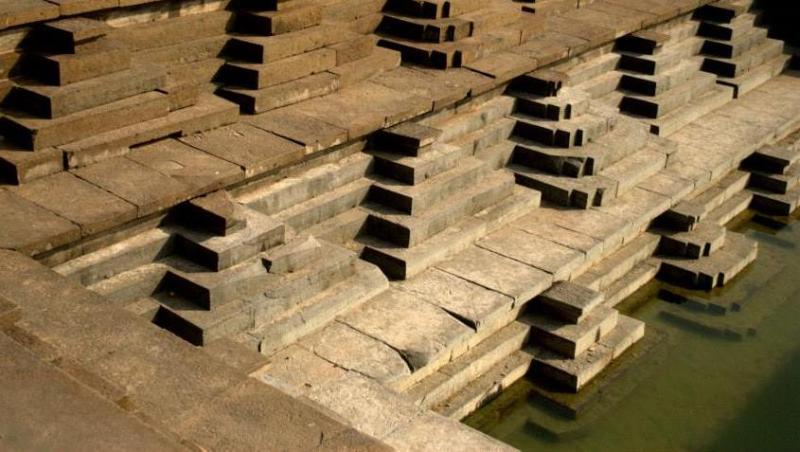
The Gravity Recovery and Climate Experiment (GRACE), a joint mission of NASA and German Aerospace Center, was launched in 2002 and has been making a detailed map of earth’s gravity field anomalies. By studying these anomalies, one can show how mass is distributed on the planet’s surface. This allows researchers to map the different features on the surface of the planet, natural and man-made ones, in great detail, while also allowing us to monitor the changes in these features. Researchers have been using the data from GRACE to study phenomenon that could affect our climate. Now, using data from GRACE, a collaborative team of scientists from NASA Goddard Space Flight Center, KU Leuven, University of Colorado and Indian Institute of Technology, Kharagpur, have attempted to model the terrestrial water storage areas in the country. Using the data obtained from the satellite over the years, the researchers constructed a map of all the terrestrial water sources (TWS), and monitored the changes, over the period for which data was available. Although the data reveals depletion of groundwater resources possibly being associated with anthropogenic factors, it cannot represent all the effects humans can have on such water sources, nor does it help in reproducing the inter-annual variability of groundwater. The data received could help us make a detailed map of the earth surface and monitor the changes over time; however it cannot explain the reasons for such variability. Grace has not only allowed us to make one of the most detailed map of the earth’s surface, with this study it has also shown the importance of anthropogenic factors that needs to be represented in land surface modeling and data assimilation systems.





